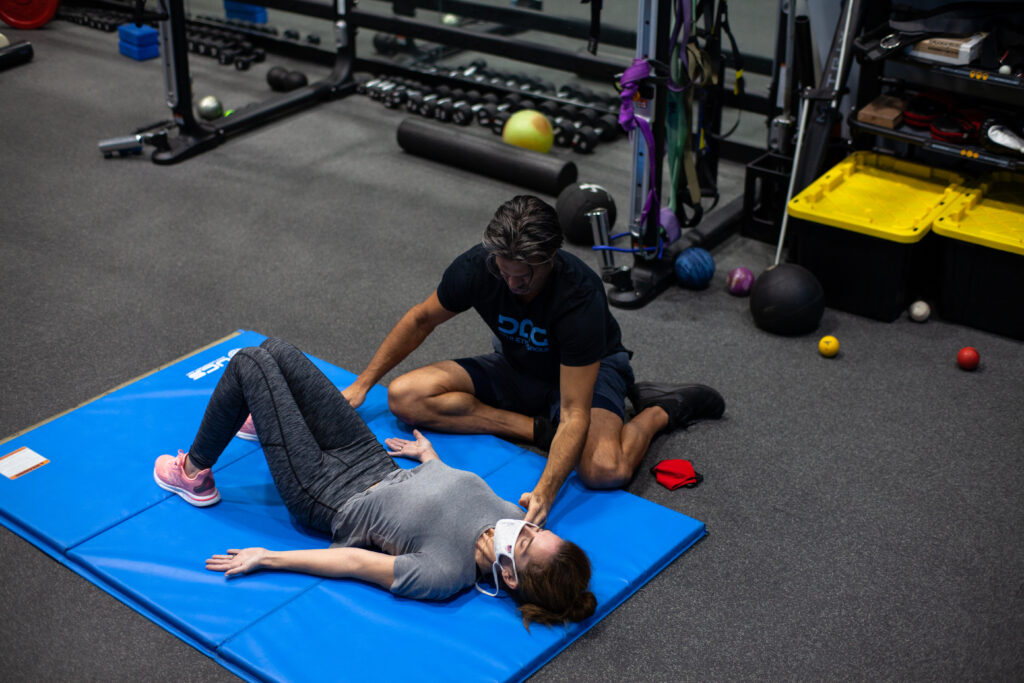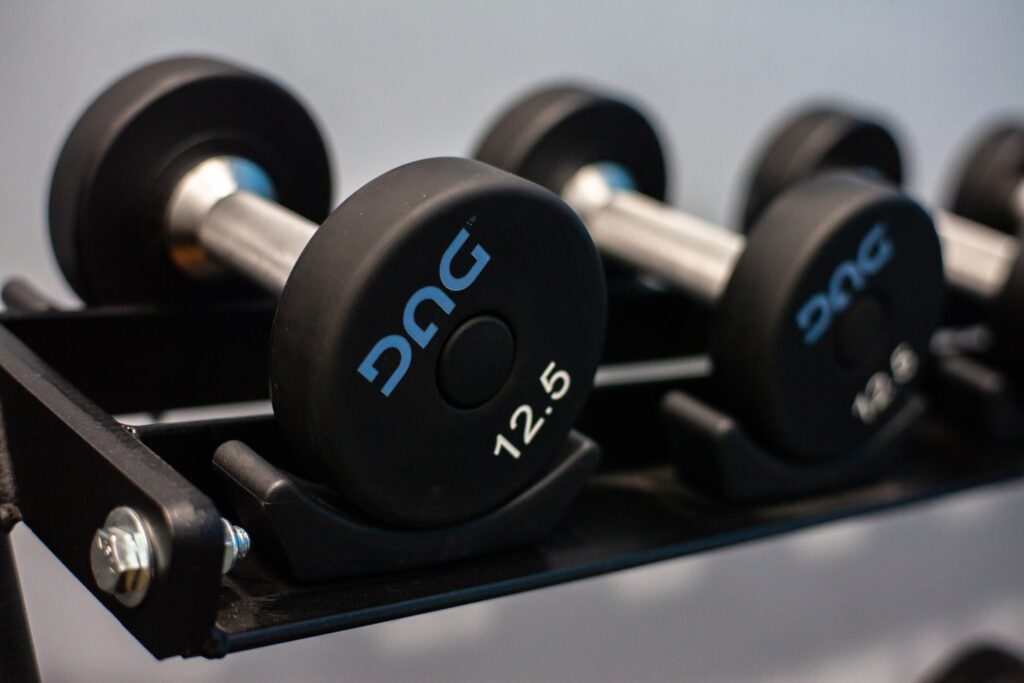The impact of gravity isn’t obvious until we see how our bodies respond to weightlessness. In outer space, our joints expand allowing us to be two inches taller. On earth, gravity exerts over 3,000 pounds of downward force on our bodies every second of the day. Thankfully, our hips are designed to handle 6,000 pounds of pressure. However, through poor posture and bad habits, most people — especially athletes — leverage the strains of lifting and movement by using their backs, which are designed to handle a mere 400 pounds of pressure.
The skill to properly compensate for gravity during high-performance movement is what separates a good athlete from a great one. It’s also a good predictor of how often and to what degree an athlete suffers injuries — and, therefore, how long their careers might last. Unfortunately, due to improper guidance or training, the muscle structure of most athletes is not conditioned to properly handle gravity. This puts the back, knees, hips, ankles — and ultimately all joints in the spine, shoulders, and arms — in a less than ideal structural position. It then becomes not a question of “WILL” the athlete encounter injury or pain, but “WHEN?”
The proprietary DAG approach helps the athlete realign the most critical body parts and engage the proper muscle groups, forcing the hips to carry the burden of gravity, as nature intended. The knees, ankles, and back are relieved of unnecessary weight and unintended overload, allowing you to regain your natural and optimal range of motion and athletic abilities.



